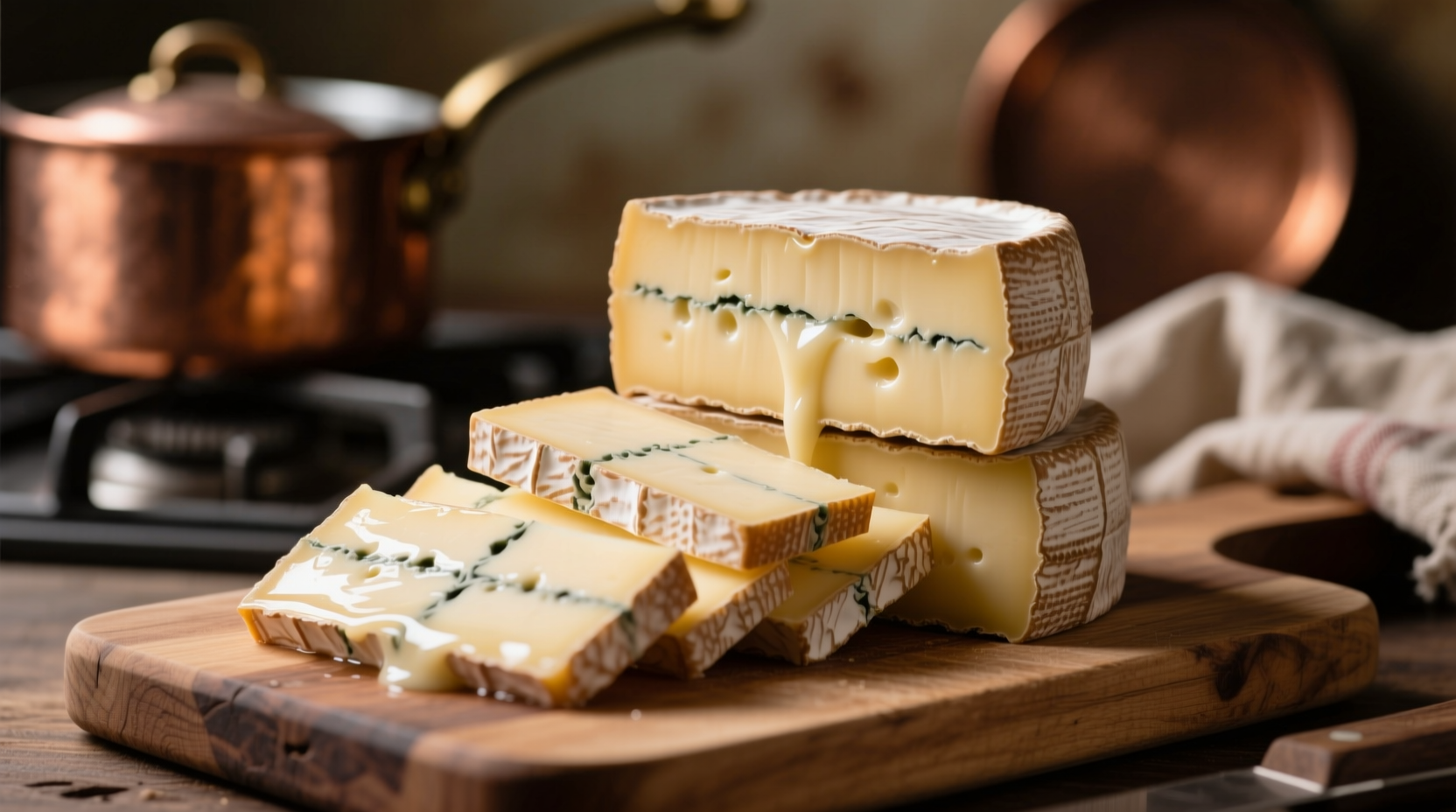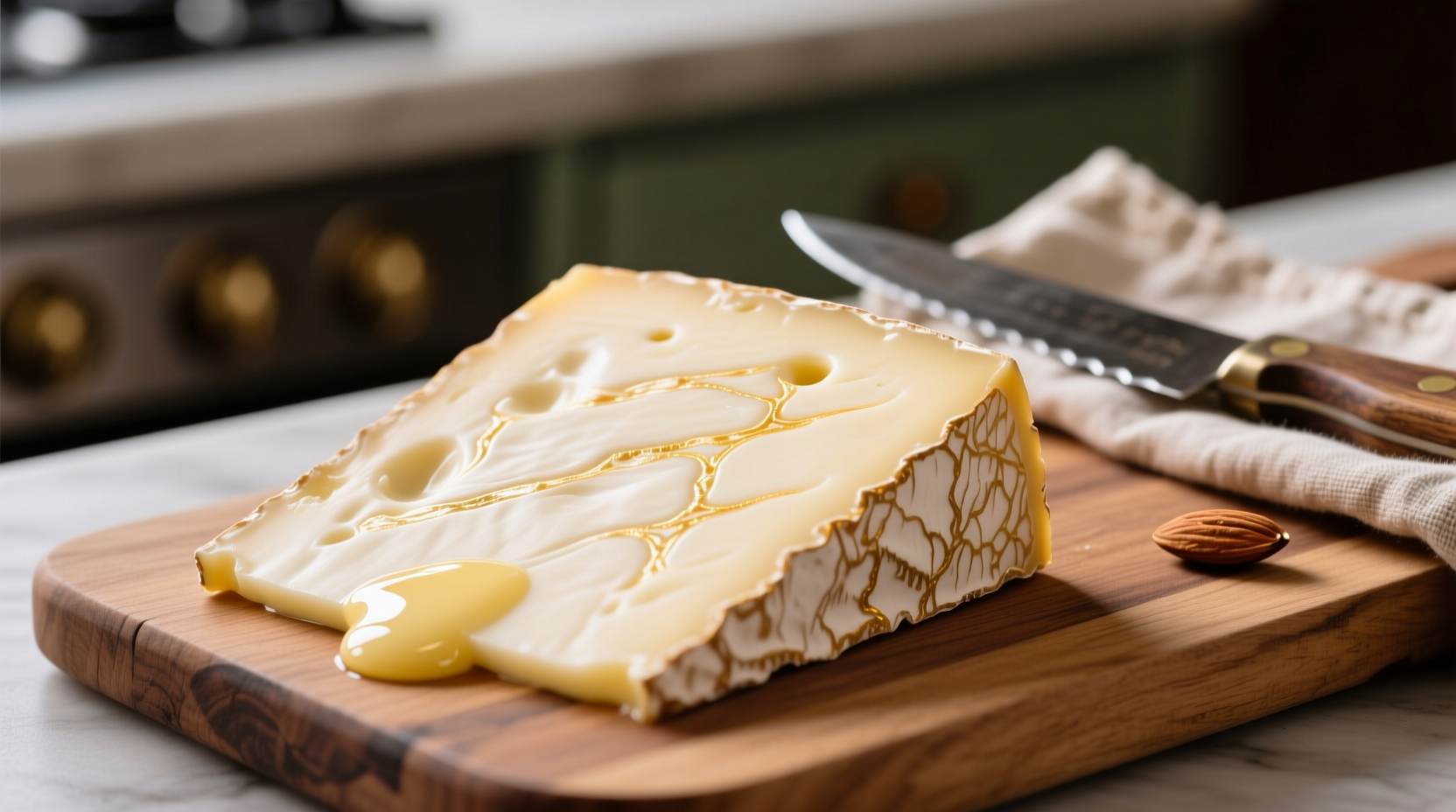Havarti cheese has a mild, buttery flavor with subtle sweet and tangy notes, creamy smooth texture, and excellent melting properties. Young Havarti offers a delicate, approachable taste while aged varieties develop nuttier, more complex flavors without becoming sharp.
The Complete Guide to Havarti Cheese Flavor Profile
When you're wondering what does havarti cheese taste like, the immediate answer is its signature buttery richness with a gentle sweetness. This Danish cheese stands out in the semi-soft category for its approachable flavor that appeals to both cheese enthusiasts and those new to specialty cheeses. Unlike many aged cheeses that develop sharpness, Havarti maintains a consistently mild profile while offering surprising depth.
Breaking Down Havarti's Distinctive Taste Characteristics
Understanding what havarti cheese taste like requires examining its multi-dimensional flavor profile. The base notes feature a pronounced buttery richness reminiscent of fresh dairy, with a subtle sweetness that balances perfectly with gentle tanginess. This unique combination creates what food scientists call "umami-lite"—enough savory depth to be interesting without overwhelming the palate.
According to the American Cheese Society's sensory analysis framework, Havarti registers at 2.5-3.5 on the intensity scale (where 1 is cottage cheese and 10 is blue cheese), placing it firmly in the mild-to-medium category. The cheese's pH level (typically 5.2-5.4) contributes to its smooth, non-acidic character that makes it exceptionally versatile in cooking applications.
| Cheese Type | Flavor Profile | Texture | Best Uses |
|---|---|---|---|
| Young Havarti (2-3 months) | Mild, buttery, slightly sweet | Smooth, semi-soft, creamy | Sandwiches, snacking, melting |
| Aged Havarti (6+ months) | Nuttier, more complex, subtle sharpness | Firmer, slightly crystalline | Charcuterie boards, gourmet dishes |
| Swiss Cheese | Nutty, slightly sweet, distinctive holes | Firm, elastic | Melting, sandwiches |
| Cheddar | Sharp, tangy, varies by age | Firm to hard | Cooking, snacking |
How Aging Transforms Havarti's Flavor
One of the most fascinating aspects of understanding what does havarti cheese taste like is recognizing how aging affects its profile. While most cheeses develop increasing sharpness with age, Havarti follows a different trajectory:
- Young Havarti (2-3 months): Delicate buttery notes with a hint of fresh milk sweetness, almost no tang
- Middle-aged (4-6 months): Subtle nuttiness emerges while maintaining creaminess
- Aged Havarti (6+ months): Develops complex caramel and butterscotch notes with occasional crystalline crunch
This evolution occurs because Havarti's unique bacterial culture (a blend of lactic acid bacteria and propionic bacteria) creates different flavor compounds than traditional cheddar or Swiss cultures. The Danish Agriculture & Food Council confirms that Havarti's flavor development follows a "bell curve" pattern—peaking in complexity around 6-8 months before gradually mellowing again.
Texture and Mouthfeel: The Creamy Advantage
When exploring what does havarti cheese taste like, texture plays a crucial role in the overall experience. Havarti's signature smooth, creamy consistency comes from its higher moisture content (40-45%) compared to many semi-hard cheeses. This gives it exceptional melting properties that make it ideal for grilled cheese sandwiches, cheese sauces, and baked dishes where you want cheese flavor without graininess.
Food chemists at Cornell University's Dairy Science Program note that Havarti's fat structure (approximately 45% milk fat) creates a "slow-release" flavor experience—the buttery notes unfold gradually across your palate rather than hitting all at once. This characteristic makes it particularly enjoyable for extended tasting experiences like cheese boards.
Perfect Pairings: Maximizing Havarti's Flavor Potential
Knowing what havarti cheese taste like helps you create perfect pairings that enhance its natural qualities:
- Fruit companions: Pears, apples, and grapes complement its sweetness
- Bread choices: Rye, sourdough, or crusty baguettes provide ideal texture contrast
- Beverage matches: Light-bodied reds (Pinot Noir), crisp whites (Sauvignon Blanc), or amber ales
- Cooking applications: Melts beautifully in casseroles, grilled cheese, and cheese sauces
The University of Wisconsin-Madison's Center for Dairy Research recommends pairing young Havarti with fresh fruit and aged varieties with dried fruits and nuts to highlight their evolving flavor profiles. This scientific approach to pairing ensures you experience Havarti at its absolute best.

Historical Context: How Havarti Developed Its Signature Taste
Havarti's distinctive flavor profile stems from its unique origin story. Created in the mid-19th century by Hanne Nielsen, a pioneering Danish woman who traveled Europe studying cheesemaking, Havarti combines elements from Dutch, German, and French techniques. Nielsen developed this cheese on her farm "Havartigaard" (which gave the cheese its name), experimenting with different bacterial cultures to create a consistently mild, versatile cheese that could be enjoyed year-round.
Unlike many traditional European cheeses protected by PDO (Protected Designation of Origin) status, authentic Danish Havarti follows strict production guidelines established by the Danish Dairy Board in 1955. These standards ensure the characteristic buttery flavor through specific aging temperatures (8-10°C) and humidity levels (85-90%) that optimize flavor development without excessive drying.
Practical Usage Guide: When to Choose Havarti
Understanding what does havarti cheese taste like helps you determine the best applications:
- Everyday use: Young Havarti shines in sandwiches and as a table cheese
- Cooking: Superior melting properties make it ideal for cheese sauces and baked dishes
- Entertaining: Aged Havarti adds sophistication to cheese boards
- Dietary considerations: Contains less sodium than many aged cheeses (about 250mg per ounce)
Professional chefs note that Havarti's mild flavor makes it an excellent "gateway cheese" for children or those new to specialty cheeses. Its versatility means it works equally well in casual weeknight dinners or elegant entertaining situations—few cheeses offer this range of applications while maintaining consistent quality.
Frequently Asked Questions
How does Havarti compare to Swiss cheese in flavor?
Havarti has a milder, creamier flavor profile compared to Swiss cheese. While Swiss features distinctive nutty notes and large holes from propionic fermentation, Havarti offers buttery sweetness with a smoother texture. Swiss develops more pronounced nuttiness with age, whereas aged Havarti gains subtle complexity without becoming sharp.
Does Havarti cheese get stronger as it ages?
Unlike many cheeses that become sharper with age, Havarti develops more complex flavors while remaining fundamentally mild. Aged Havarti (6+ months) develops nuttier, caramel-like notes and occasional crystalline crunch, but maintains its characteristic buttery foundation without turning sharp or pungent.
What makes Havarti so good for melting?
Havarti's ideal melting properties come from its specific protein structure and moisture content (40-45%). The cheese contains just enough fat (45%) and moisture to melt smoothly without separating, creating a velvety texture perfect for grilled cheese, casseroles, and cheese sauces. Its pH level (5.2-5.4) also contributes to excellent meltability.
Is Havarti cheese suitable for people who don't like strong cheeses?
Yes, Havarti is an excellent choice for those who prefer milder cheeses. With a flavor intensity rating of 2.5-3.5 (on a scale where 1 is cottage cheese and 10 is blue cheese), it's significantly milder than cheddar or blue cheeses. Its buttery, slightly sweet profile makes it one of the most approachable specialty cheeses available.











 浙公网安备
33010002000092号
浙公网安备
33010002000092号 浙B2-20120091-4
浙B2-20120091-4